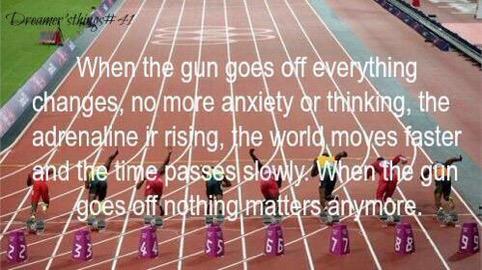“I just want to live a long, healthy life,” said 24-year-old Chris Borland in announcing his retirement from the NFL on Monday. The San Francisco 49ers linebacker, who had signed a nearly $3 million contract and seemed on the verge of an all-pro career, quit football because he was concerned about its effect on his brain. “I don’t want to have any neurological diseases or die younger than I would otherwise,” he explained.
Borland’s surprising, early exit from the league has been taken as a sign that players are getting wise to the dangers of their game. We’re told the sport itself is now at risk. “Borland’s decision-making process is what represents the fundamental danger to the NFL,” wrote Will Leitch in Sports on Earth. “The problem is that more Borlands are coming.” ….
His retirement comes less than a week after that of his teammate Patrick Willis—a 30-year-old, 7-time Pro Bowl linebacker and defensive captain who was in the middle of a $50 million contract. …. Willis had good reason to be concerned about his feet. They’re special: “I don’t know what it is about these feet, but they got y’all saying, ‘Wow,’ ” he said during a tearful press conference last week. “Lord made my feet like the feet of a deer.” Wills worries that his hooves have already lost some “Wow,” and he’s concerned about what might happen if he gives them more abuse …
That distinction between a player’s brain and body reflects a systematic bias in how we think about the NFL. We know that football players hurt themselves in lots of ways, and that they may suffer from these injuries for all the years that follow. But we assume that one source of disability matters more than any other. A damaged foot, a damaged knee, a damaged spine, a damaged shoulder: These seem like inconveniences. A damaged brain? That’s a different thing entirely—an insult to the soul, an affront to personhood, a life-destroying tragedy. The body can be broken in 200 places, but we tend to think a broken mind is sui generis. The risk of encephalopathy stands alone.
This is not a medical fact; it’s a matter of opinion. Consider that more than 40 percent of NFL retirees report arthritis before they reach the age of 60, a rate that’s more than triple that of other men. Another survey found that four-fifths suffered from “moderate to severe pain,” again more than triple the baseline rate in the general population …
If anything, Willis’ decision to retire sends a more unexpected and important message to the NFL: Even if you don’t care too much about concussions, and even if you think that men should bang their heads like rams, then you might still decide that football is too dangerous. You might still decide to quit, or you might still pull your children from their Pop Warner team. It doesn’t matter if it’s a danger to our bodies or our minds; either way, football might not be worth the risk.
(Read the full article by Daniel Engber, columnist for Slate)






